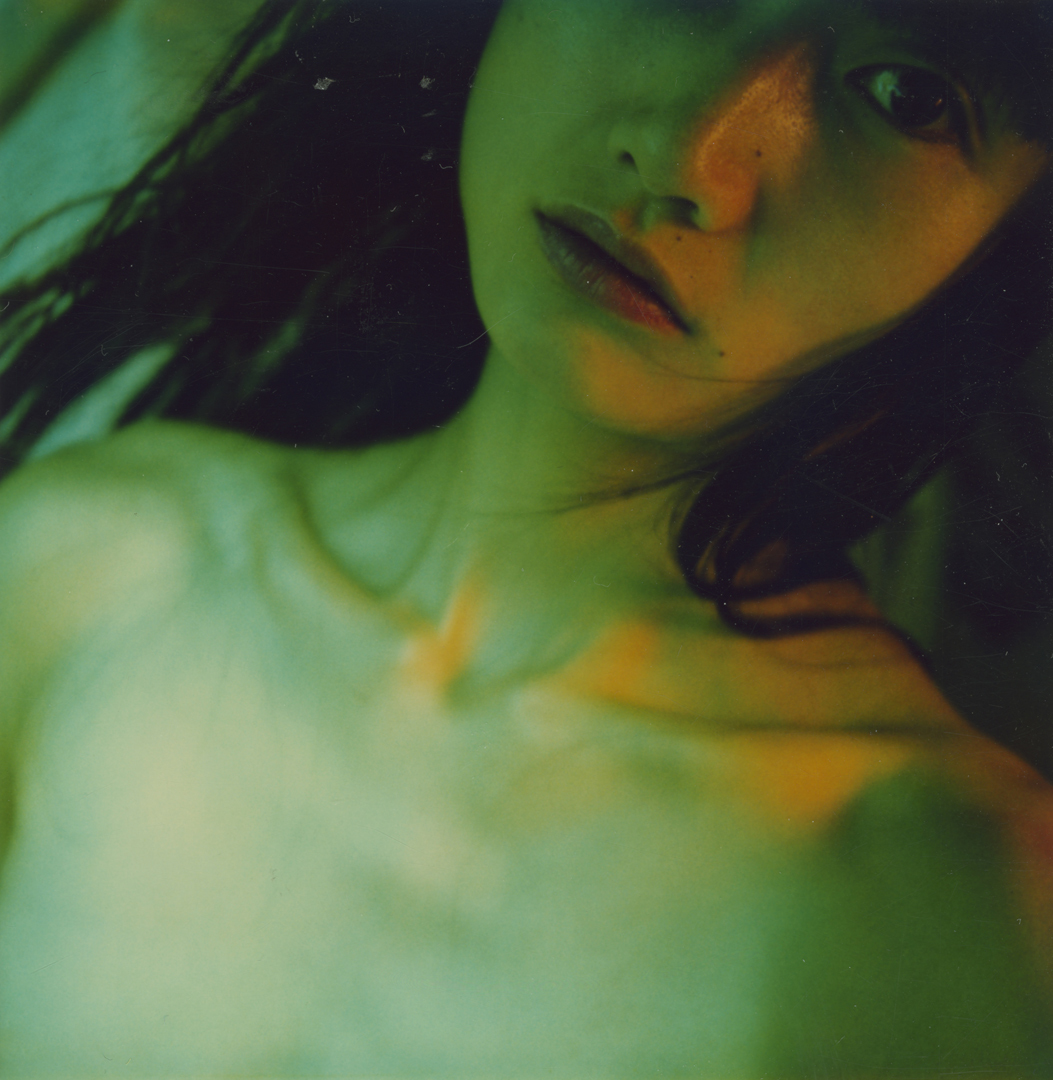The films and photos that Richard Kern shot in the 80s and 90s still appear wildly shocking today. The longtime East Village resident spent downtown NYC’s seedier years capturing the underground arts scene, and though he doesn’t deny that much of his work can be classified as “erotic photography,” this hardly does justice to the prolific portraitist’s experimental oeuvre. When he wasn’t shooting half-naked ingénues both for Playboy and his own pleasure, Kern might have been working on his zine The Heroin Addict — later renamed The Valium Addict — or contributing to the city’s Cinema of Transgression movement with depraved short films.
Early avant-garde zines and segments of lost video footage form part of Fortnight Institute’s new exhibition of Kern’s work, but the show’s most fascinating part is what inspires its title, Polarized. The never-before-seen photos of the sordid East Village and its subversive inhabitants are mostly test shots: including theatrical scenes staged in his East 3rd Street apartment and portraits of cohorts such as Leg Lung and Lydia Lunch. i-D talks to Kern about digging through his archives, lunching with Petra Collins, and why he often shoots girls who look like his ex-lovers.
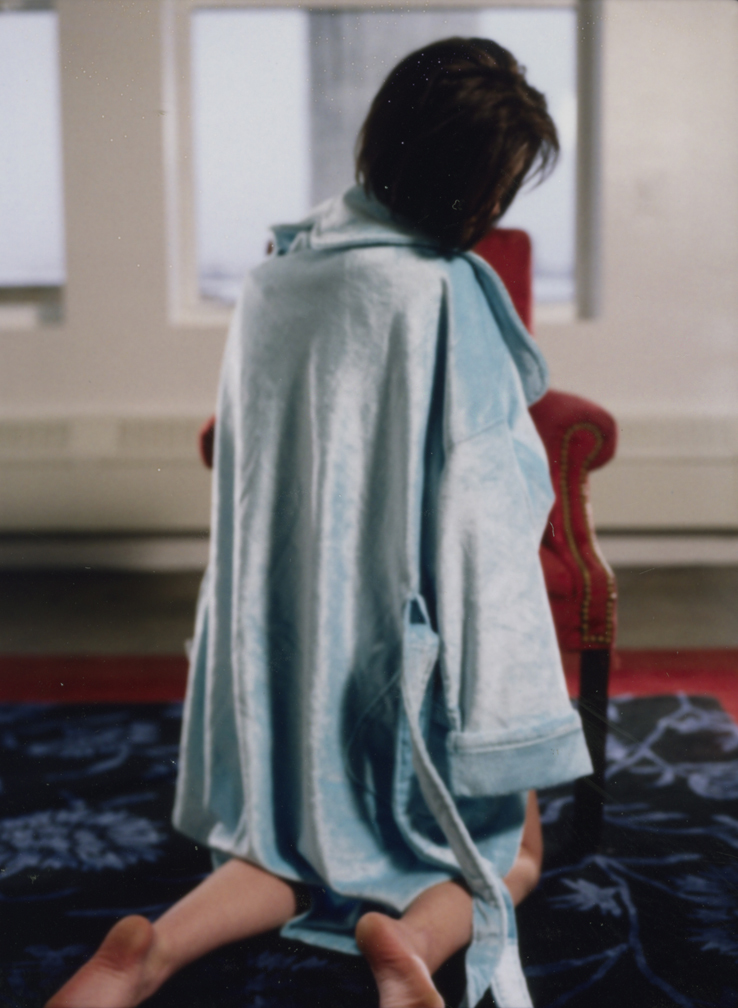
How did the idea for this exhibition come about? Why do you want to show this stuff now?
The owners of Fortnight Institute wanted to do something that was more archival, so it’s all junk that I’ve had forever. They were asking about my fanzines and whatever, so I said, “Well I’ve got a bunch of Polaroids that you can show.” Both the girls work for Richard Prince. One of them is still there. They know what they’re doing, put it that way.
Tell me about your student work as a sculptor and land artist. Why did you decide to include that in the exhibition?
The owners were just asking, “Do you have anything that no one’s ever seen?” I mentioned the slides from my student work, and they were like, “Oh, this is good.” When I was an art student I loved painting, but it’s so hard to paint, and sculpture I could really get into because I always built things. So I went through all these different versions of sculpture that were possible at the time — I did steel, I did ceramic things, I did wood things, I did neon. I just did anything.
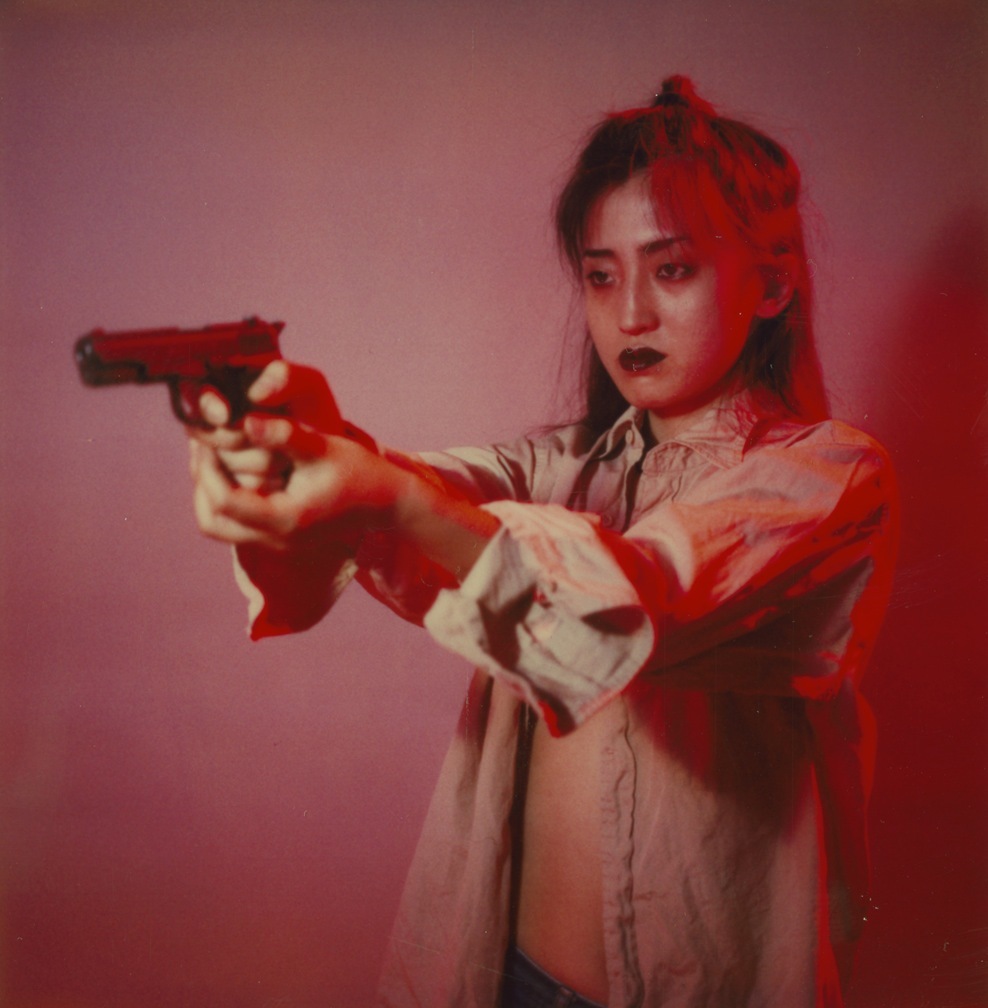
What was it like to go back and look at the photos and videos 20 or 30 years after you shot them?
With a lot of the Polaroids, I could remember what the situation was because I had actual regular photos of the same things. These were the tests. Back when I was making films a long time ago, some of the Transgression stuff, I would have a black-and-white camera and a Polaroid just sitting there and I would start shooting with each thing. It was all set up so that I could try to shoot as many mediums as possible, whenever. Which is still a good rule. Whenever I would shoot , I would set up a camera in the corner on a tripod. That stuff just sat around forever. All the music I listened to back then is just so strange to hear. I’m like, “What is this?” I think it was Dio — Ronnie James Dio. Then there would be Nine Inch Nails and all these obscure bands that were popular for five minutes.
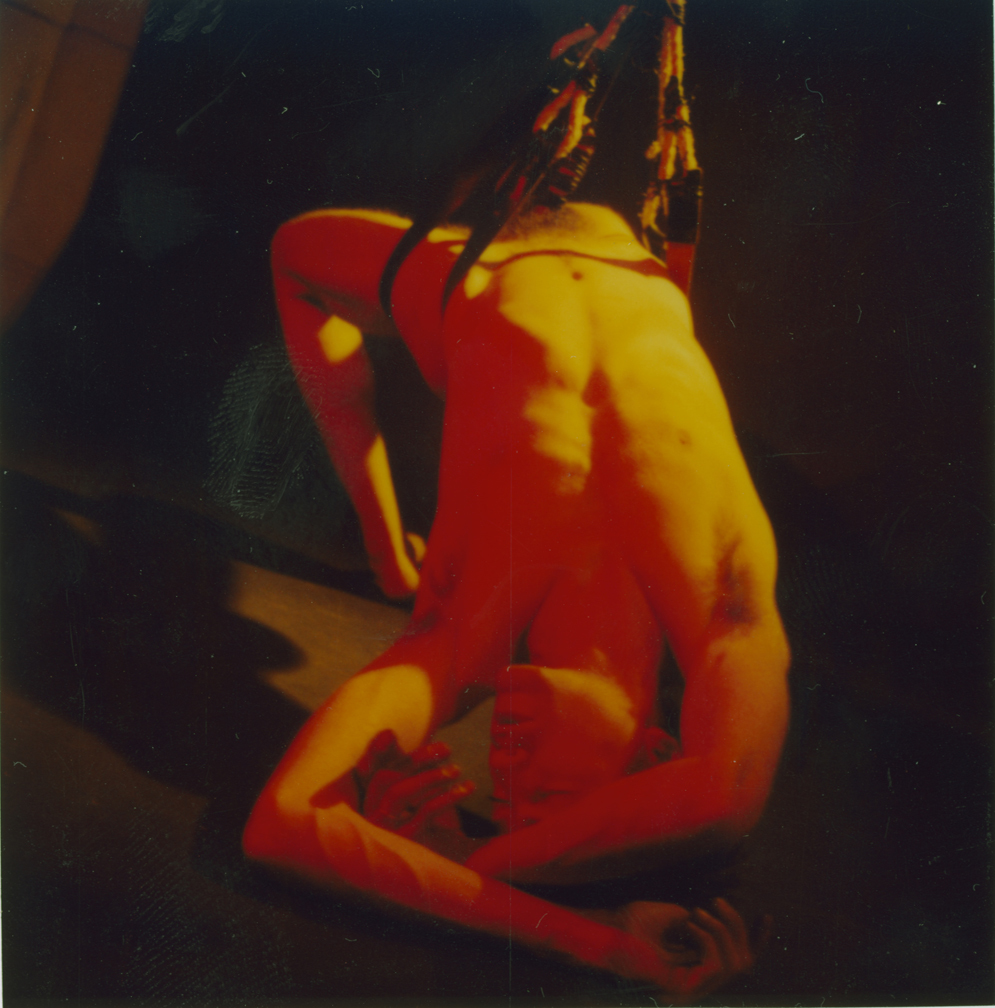
So the video stuff was a lot stranger to look back on?
Yeah, there was a lot I forgot about. There’s one video of this model — I have no idea where I got her from or who sent her to me because this was before the internet and everything — who was a skinhead. That’s why I wanted to see her, because her hair was like an inch long. She had just got out of prison and she’s telling this story. She was in jail with her boyfriend, who was also a skinhead. She got 14 years and he got 16 years but she got out on good behavior. She’s talking like she’s got Aspergers, just keeps going on and on, and it keeps cutting back to her every time she says something different. I was talking to her about a girl that I had gone out with who was in jail at the same time. I had completely forgotten about that girl. I went out with her when I was still a drug addict and she got in a fight with the cops and got locked up for five years in Texas. You completely forget that kind of stuff.
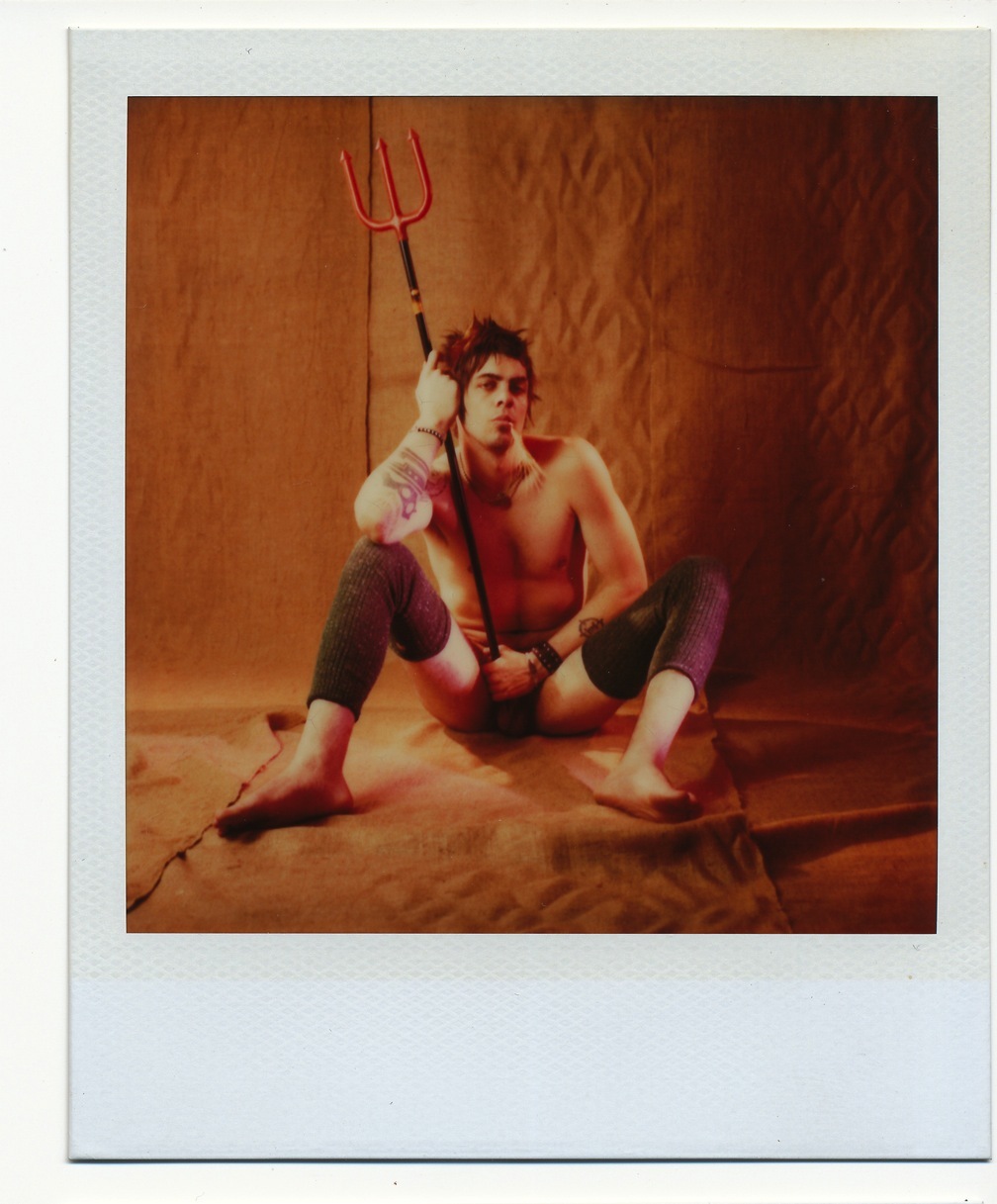
Do you think that’s why you wanted to shoot her? What are you normally drawn to in a subject?
The first thing is that they fit into some profile that’s probably made up from my memories of every woman that I was in love with or was attracted to throughout my life. But then there’s also a lot of those girls who I have no idea — who walked in and I thought, “She looks okay, I’ll shoot her.” It’s funny, the girl who was in jail, I don’t know if you’ve ever looked at someone’s face and thought, “Where have I seen this face before?” From birth, we’re imprinted with the people we see that we like. Those memories go in your head then you respond to that face again. That girl who was in jail, I realized after a long time when I was looking at the photos that she looks just like my brother! That’s something I still notice all the time — why do I like this model? Who does she look like in my past?

A lot of the photos are of your friends. Was it a very different experience to shoot people you were already close to?
I think so, but at my age you pass by a lot of people. It’s just interesting to see different types appear again and again and again. There was a girl I shot this summer who was a dead ringer for someone I went out with 30 years ago. She had the same laugh, the same personality, everything. It just happens over and over.
Does it bother you that people label your personal work “erotic”?
Some of the stuff is definitely — I don’t know if erotic is the right word, but it’s supposed to look good. I’m not sitting there thinking, “I’m going to make somebody hot by looking at this photo. Someone’s going to look at this and get super excited.” That’s not what I’m thinking about at all. I shoot a lot of that sort of stuff — in the Shot by Kern book I managed to put in some of my regular stuff, like girls from the series Medicated — girls with birth control pills, things like that — but in order to have that there I needed to have all these shots of girls laying in bed looking sexy.
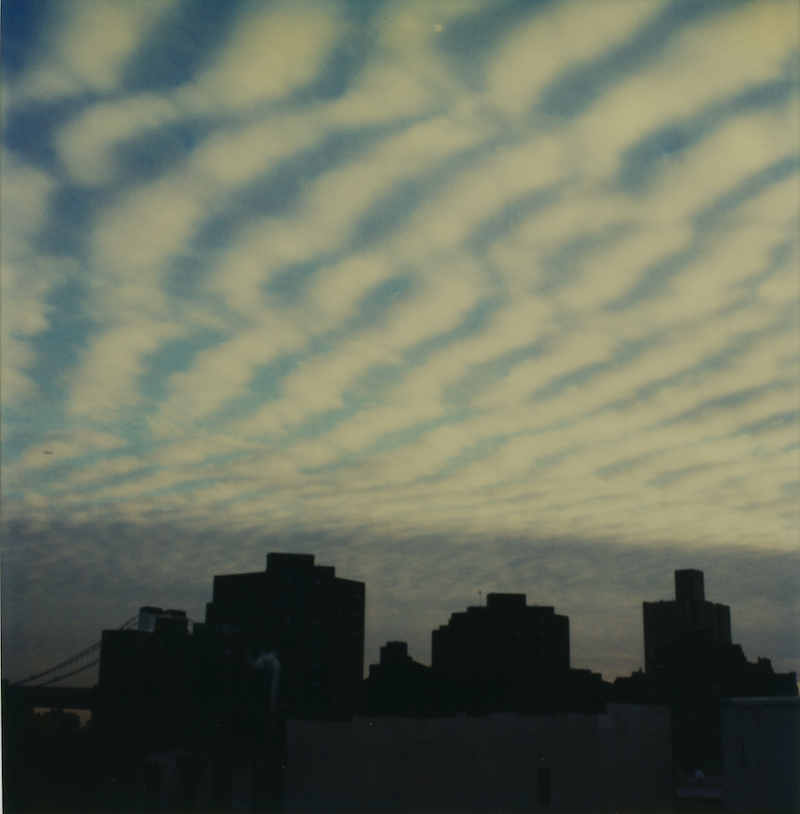
How did you come to work with — and mentor — Petra Collins?
Petra and I just had lunch about an hour ago! We met [in 2010] through a guy who said he would organize a show for me in Toronto, but he couldn’t find a space. He found a space and it belonged to Petra’s boyfriend at the time. Petra would be there working like a madwoman. She was helping to paint, she was moving stuff, she was hanging things, just doing all this work. This is when she was just 17. That’s how I met her.
And she started casting girls for you?
She did the next time I came, yes. She cast a couple more times too. She did an open casting for Shot By Kern, and she helped me shoot a music video — I hired her as an assistant. She also kind of inspired the series I was just talking about, Medicated. She was telling me all about girls — kids — that were on medication. It just seemed like that was a great topic. I shot her for that too.
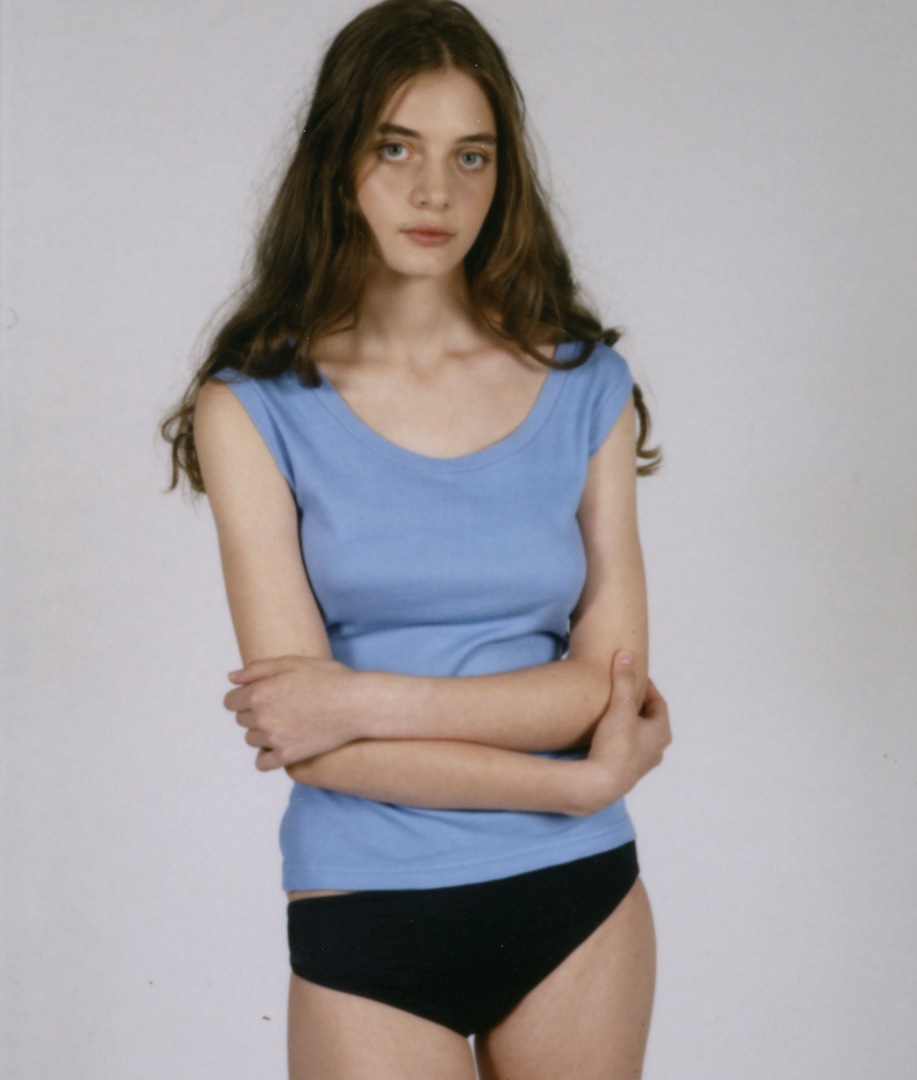
How did her casting influence you as a photographer?
It was great, because she was working at American Apparel at the time, and there was this long period when American Apparel was super popular. It became a source of models. I guess Dov or whoever would hire these girls who would find other girls to work in the stores, and these girls would help me find models. Petra took me to American Apparel in Toronto and we were just like, “Hey, do you want to shoot?”
Why do you still find the East Village interesting after all these years?
The most interesting thing is that I have a three-bedroom apartment for $1,500. That’s why I’m here. But the other great thing about [the East Village] is that it was a super trendy neighborhood. I moved in before it was super trendy, then it got super trendy, and now that’s gone away, thank God. Now it’s just a nice neighborhood to live in.
“Polarized” is on at Fortnight Institute from September 9 through October 9, 2016. There is an opening reception tonight from 6- 8pm.
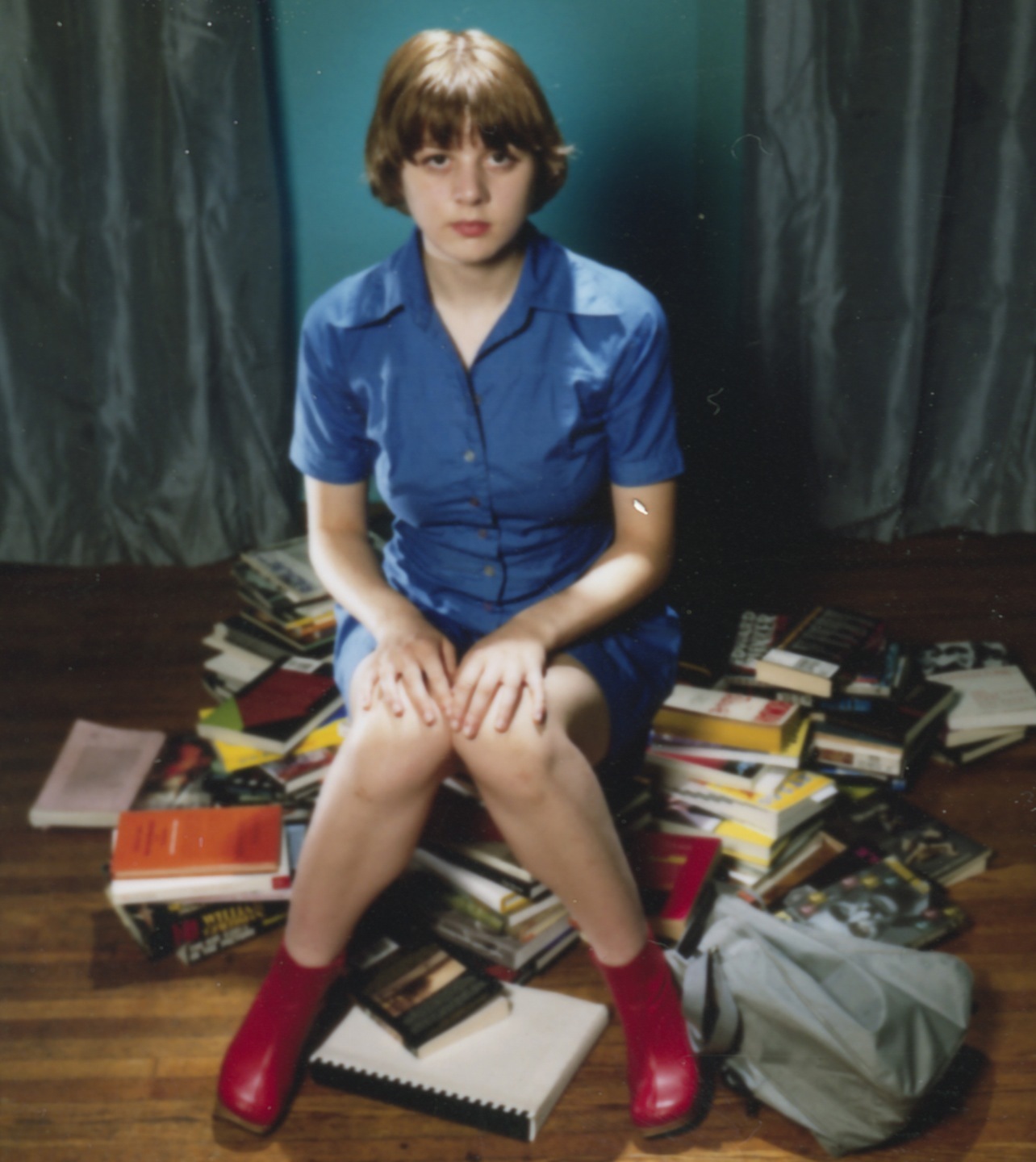
Credits
Text Hannah Ongley
Photography Richard Kern
